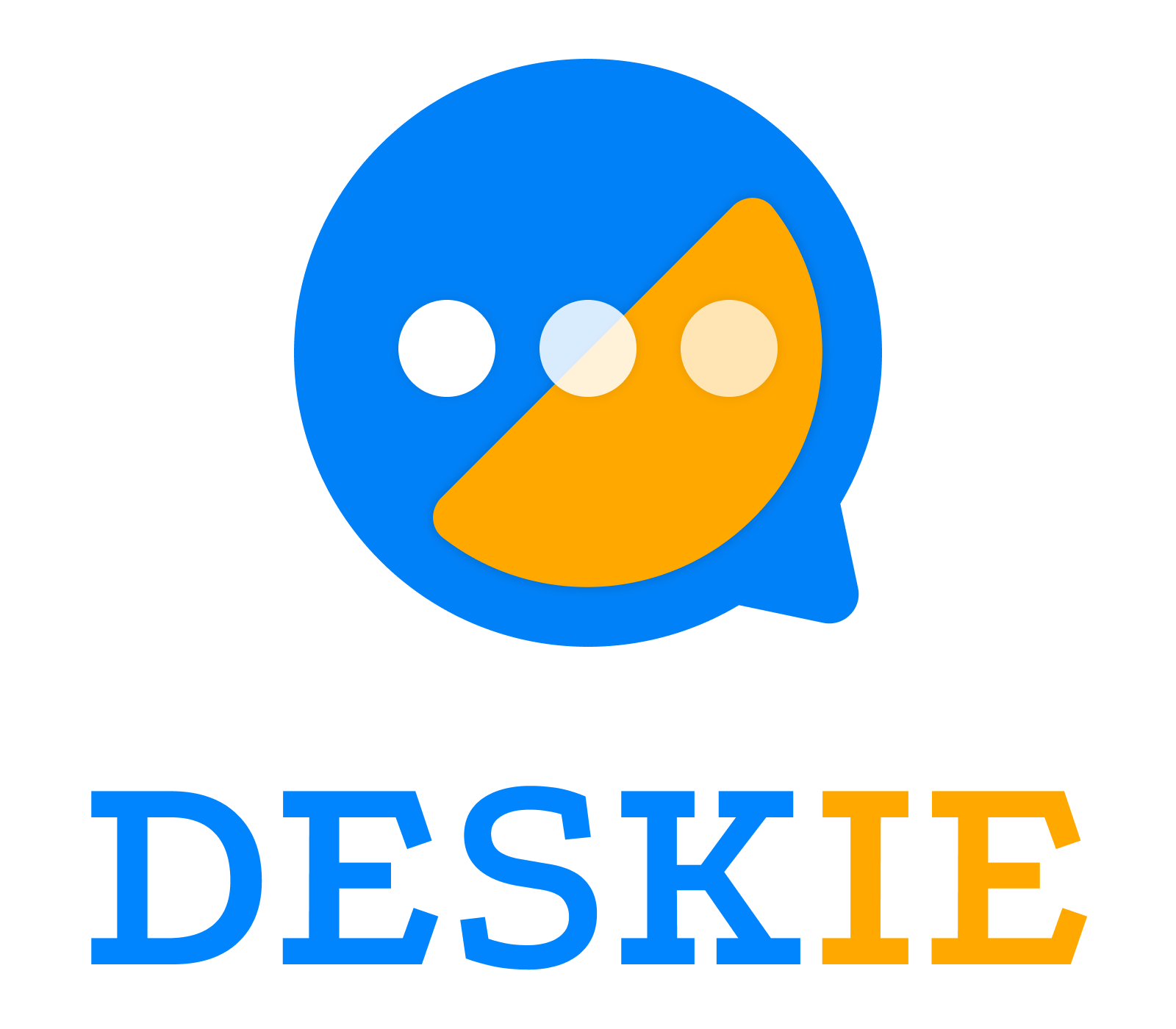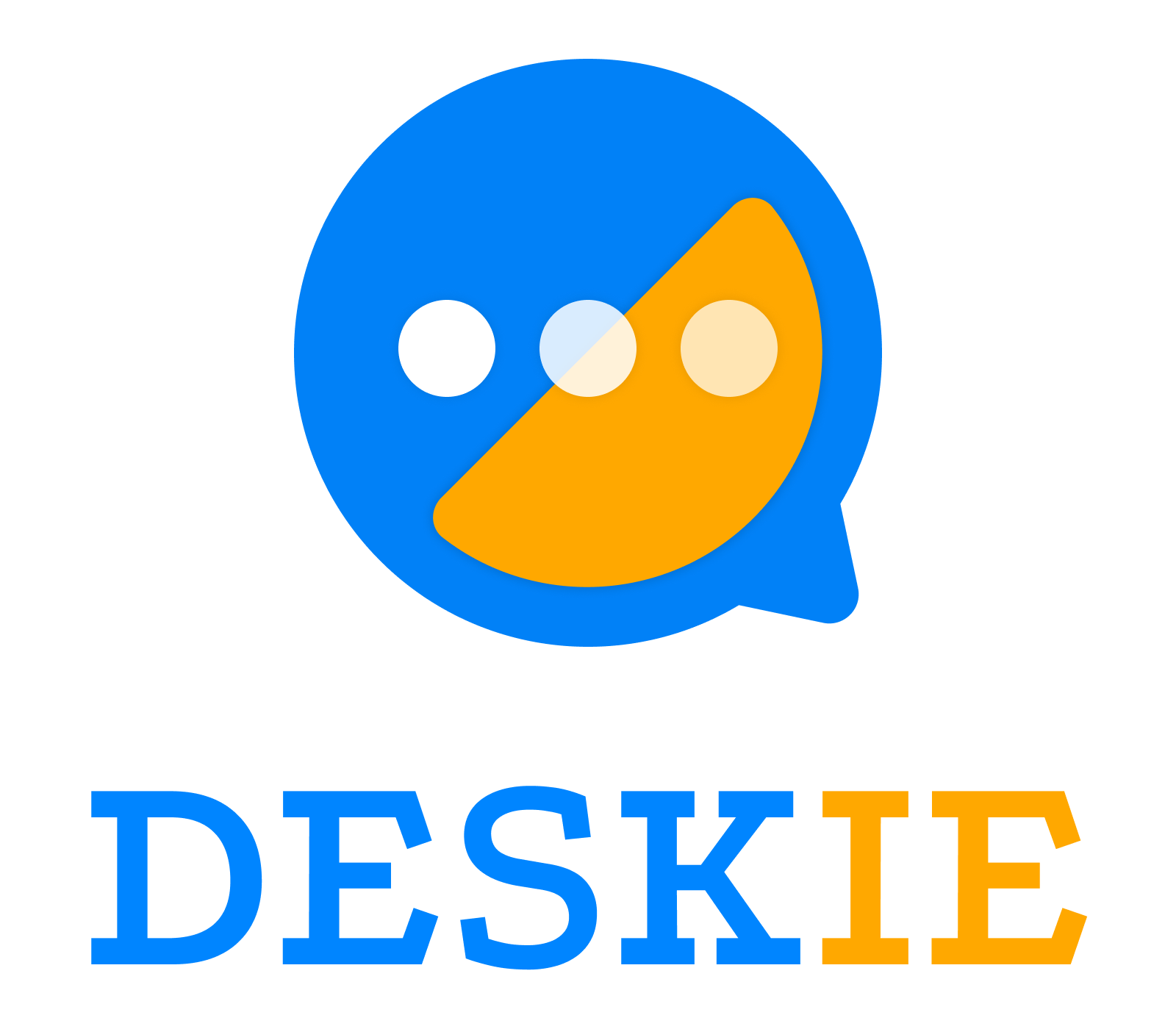We use cookies to improve your browsing experience and show personalized content of our service. By choosing "I Accept", you consent to our use of cookies and other technologies of Deskie.
Size daha uygun ve daha iyi hizmet sunabilmemiz için çerezleri kullanıyoruz. "Kabul Et" düğmesine tıklayarak, çerez kullanımını ve aynı amaç için diğer araçların Deskie tarafından kullanılmalarını onaylamış olursunuz.
Should customer support agents use emoji?

When talking to someone face-to-face, we rarely think about whether that person understood us correctly. Words are accompanied by facial expressions, a certain intonation, and appropriate pauses. All these details help the listener to draw correct conclusions about the information heard.
Things are quite different when communicating online because we often neither see nor hear each other. In this case, it is much more difficult to capture the meaning and tone of the message, so to convey them both parties need to make extra efforts. One way to improve the situation is to use emoji, emoticons and punctuation marks.
Things are quite different when communicating online because we often neither see nor hear each other. In this case, it is much more difficult to capture the meaning and tone of the message, so to convey them both parties need to make extra efforts. One way to improve the situation is to use emoji, emoticons and punctuation marks.
All bread is not baked in one oven
Despite the fact that emoji are great for enlivening online correspondence, the attitude towards them is rather controversial. Some people are big fans, others don't like them at all. The latter are often convinced that emoji are at least inappropriate when communicating with customers.
However, practice shows that a smiling face in an agent's response is sometimes more than welcome. A whole other thing is that you can't be passing those out like mints because each customer reacts to them differently.
One flexible approach is to use emoji if the customer does, as in this case you are aware that the customer is comfortable using them. Pay attention to the initial message of the customer. It all depends on their mood, communication style, and specific situation.
Let's look at a few examples.
1) A large corporate customer contacts support and addresses a question quite formally. The answer should be discreet and clear. There is no point in using exclamation marks and emoji.
However, practice shows that a smiling face in an agent's response is sometimes more than welcome. A whole other thing is that you can't be passing those out like mints because each customer reacts to them differently.
One flexible approach is to use emoji if the customer does, as in this case you are aware that the customer is comfortable using them. Pay attention to the initial message of the customer. It all depends on their mood, communication style, and specific situation.
Let's look at a few examples.
1) A large corporate customer contacts support and addresses a question quite formally. The answer should be discreet and clear. There is no point in using exclamation marks and emoji.

2) The customer describes a serious problem in their message. It is obvious that their mood is not the best now. Do not try to cheer them up with emoji. First, you need to fix the problem, and then, based on the customer's reaction, decide how "friendly" your next answer will be.

3) The user contacts the support service and addresses the most common question. In such situations, using emoji is totally acceptable, especially if they are clearly appropriate.

4) The customer writes emotionally and enthusiastically. It is worth answering in a similar vein to be in tune with them.

5) The customer's message is all about emoji and exclamations. It's also very common for correspondence in chats and instant messengers. There is no need to fall into euphoria with them. The answer should be a little more restrained.

When communicating with customers, it is better to avoid extremes — too positive or too negative answers. The emotional coloring of the customer's message should always remain half a tone above your answer.
Why customer emotions are more important than ever?
Perhaps someone will disagree with the fact that when communicating online with customers, the emotional component is of great importance since the main thing is to satisfy the customer's needs.
Nevertheless, in our time, when we've been through the pandemic and anxiety will remain for some time, complete and timely assistance to the customer is rather a necessary minimum than a reason for pride. To really stand out from the crowd, you need to do more than the rest. The empathic attitude and subtle emotional adjustment to the customer act as additional efforts that tip the scales in your favor.
Nevertheless, in our time, when we've been through the pandemic and anxiety will remain for some time, complete and timely assistance to the customer is rather a necessary minimum than a reason for pride. To really stand out from the crowd, you need to do more than the rest. The empathic attitude and subtle emotional adjustment to the customer act as additional efforts that tip the scales in your favor.
“
Emotion is clearly the main contributor to a customer’s perception of a brand. Emotions are ingrained in our memories and influence your decision-making process in the future. It’s therefore in our nature to avoid experiences that make us feel disappointed, angry, short-changed or negative.
Let's take two situations as an example.
A person comes to the company, pays money, and wants to receive a certain service. The employee helps with their question in good faith, but at the same time answers dryly and officially. Despite the fact that the customer receives in full what they paid for, a slight feeling of dissatisfaction might still remain. A very slight feeling they may not even be aware of.
Another time, the customer comes for the desired service again, and in addition to it, they get a relaxed and pleasant chit-chat with an employee. Seems like such a trifle, but it can well charge positive energy for the whole day.
Similar situations are observed in online customer service. It happens a little differently, but the customer, reading the response of the employee, also experiences some feelings. Therefore, the form and manner of communication are very important.
No matter how paradoxical it may sound, the most important thing is how your answer caused the customer to feel because it is emotions, and not words, that will remain in memory.
A person comes to the company, pays money, and wants to receive a certain service. The employee helps with their question in good faith, but at the same time answers dryly and officially. Despite the fact that the customer receives in full what they paid for, a slight feeling of dissatisfaction might still remain. A very slight feeling they may not even be aware of.
Another time, the customer comes for the desired service again, and in addition to it, they get a relaxed and pleasant chit-chat with an employee. Seems like such a trifle, but it can well charge positive energy for the whole day.
Similar situations are observed in online customer service. It happens a little differently, but the customer, reading the response of the employee, also experiences some feelings. Therefore, the form and manner of communication are very important.
No matter how paradoxical it may sound, the most important thing is how your answer caused the customer to feel because it is emotions, and not words, that will remain in memory.
Previous
From Robots to Humans

